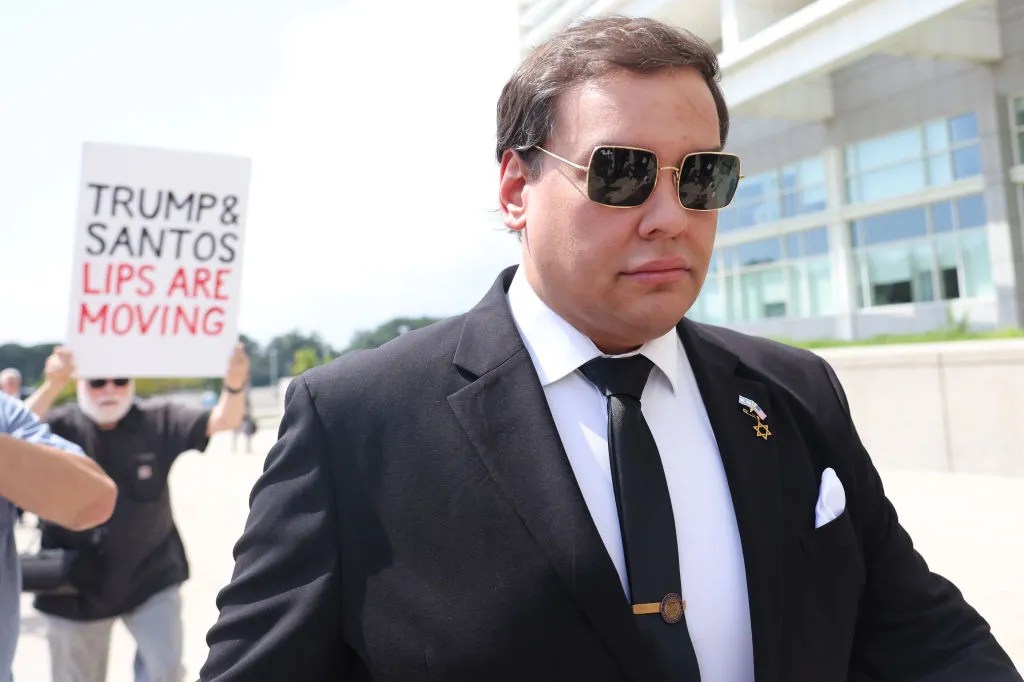Two federal trial judges show sharp split on transgender bias claims
In decisions issued on June 23 and 24, federal trial judges in Utah and Washington State took diametrically opposed views about the scope of protection for transgendered people under Title VII of the Civil Rights Act of 1964, which forbids discrimination “because of sex.”
For 25 years after Title VII was adopted, the Equal Employment Opportunity Commission and the federal courts were unanimous in agreeing that the prohibition against “sex discrimination” only applied to cases of discrimination against men because they were men or women because they were women. The courts were clear that the provision did not apply to discrimination because of sexual orientation or transgender status.
Influential and frequently cited decisions from the 1980s by the Seventh and Eighth Courts of Appeals decisively ruled against discrimination claims by transgendered plaintiffs on this basis.
Things began to change in the 1990s because of a 1989 U.S. Supreme Court ruling, Price Waterhouse v. Hopkins. In that case, the Court considered a sex discrimination claim by a woman denied a partnership at Price Waterhouse, a major national accounting firm. Evidence in the case showed that some partners at the firm voted against Ann Hopkins, a married heterosexual woman, because they felt her personality and behavior were too “masculine” to fit their conception of a what they termed a “lady partner.” The Supreme Court held that evidence of such stereotyped thinking could support a claim of discriminatory intent on the basis of sex, because Title VII was intended to free women, in particular, from workplace barriers caused by stereotyped thinking about gender roles.
During the 1990s, several federal courts, relying on the Price Waterhouse case, found protection under Title VII for people who encountered discrimination because of their failure to conform to gender stereotypes. Some of these cases involved effeminate male employees subjected to sexual harassment and, within the past five years, some courts have extended this thinking to transgendered people as well.
Last summer, the Sixth Circuit Court of Appeals ruled in a case from Salem, Ohio, that a firefighter discharged while transitioning from male to female was allowed to assert a claim under Title VII, on the reasoning that transgendered people are almost by definition gender non-conforming in the eyes of others, and that such non-conformity is the reason they encounter workplace discrimination.
The plaintiffs in the two recent cases both lost, but the trial judges took very different views of the underlying legal issues.
Senior District Judge David Sam of Salt Lake City, an appointee of Pres. Ronald Reagan, was aggressively hostile to recent trends toward protection of transsexuals in his opinion granting summary judgment against Krystal Etsitty, who was suing because of her discharge as a bus operator by the Utah Transit Authority. Stating agreement with the 1980s precedents, Sam rejected the contention that the gender stereotyping theory could be used to protect transsexuals from discrimination under Title VII.
For one thing, Sam argued, statutes should be interpreted to carry out the intentions of legislators, and there was no indication that Congress intended to protect transsexuals when they passed the Civil Rights Act in 1964. But more importantly, in his view, the reasoning of the recent cases is seriously flawed.
“There is a huge difference between a woman who does not behave as femininely as her employer thinks she should, and a man who is attempting to change his sex and appearance to be a woman,” wrote Sam. “Such drastic action cannot be fairly characterized as a mere failure to conform to stereotypes.”
Sam bolstered his argument by quoting from the official diagnostic manual of the American Psychiatric Association, which specifically distinguishes “gender identity disorder” from “simple nonconformity to stereotypical sex role behavior,” describing it as “a profound disturbance of the individual’s sense of identity with regard to maleness or femaleness.”
Sam insisted that unless a line were drawn in the sand, there would be no end of hypothetical bias claims.
“If something as drastic as a man’s attempt to dress and appear as a woman is simply a failure to conform to the male stereotype, and nothing more, then there is no social custom or practice associated with a particular sex that is not a stereotype,” he wrote. “And if that is the case, then any male employee could dress as a woman, appear and act as a woman, and use the women’s restrooms, showers and locker rooms, and any attempt by the employer to prohibit such behavior would constitute sex stereotyping in violation of Title VII. Price Waterhouse did not go that far.”
Sam concluded that the employer could legitimately refuse to let an employee with male genitals use the women’s restroom.
“Concerns about privacy, safety and propriety are the reason that gender specific restrooms are universally accepted in our society,” he wrote.
Sam observed that Etsitty’s employer had noted in its discharge of her that she was eligible for rehiring after she had completed her physical transition through surgery. To Sam, this was persuasive evidence that Etsitty was not the victim of anti-transsexual discrimination.
By contrast, District Judge Robert H. Whaley from Washington State, an appointee of Pres. Bill Clinton, accepted the sexual stereotype theory without question. Plaintiff Tracy N. Sturchio was hired by the U.S. Border Patrol as Ron Sturchio in 1991 and completed gender reassignment surgery at age 56. Sturchio’s claims of hostile environment sexual harassment are based on a series of incidents involving insubordinate conduct by employees under her supervision, among other things. Whaley’s account of Sturchio’s life history based on a full trial indicates a fairly high level of empathy on the judge’s part.
In the end, however, Whaley was not convinced that Sturchio had suffered the kind of hostile environment barred by federal law. Management was generally supportive of her, following up on her complaints. During her period of transition, Sturchio apparently became so preoccupied with her changing appearance that she initiated numerous workplace conversations about her enlarged breasts that made her fellow workers uncomfortable. Eventually, her managers asked to refrain from such discussions. She was also asked not to use the women’s restroom until her surgical transition was completed.
Whaley found these management requirements, to which Sturchio objected, justified under the circumstances, and concluded that Sturchio had not made her case.
But Whaley’s opinion implicitly accepts that Title VII forbids harassment based on transgender status, so had Sturchio been able to document severe harassment due to her transsexual identity, she would have won the case.
The two cases show the continuing salience of the restroom issue as a major problem for transgendered employees. The rules governing gender reassignment require living in the desired gender for an extended period of time before irrevocable genital surgery is performed, thus posing a particular challenge when employers and co-workers express discomfort with the idea of a person with male genitals using the women’s restroom. A female-to-male transsexual, in turn, may feel uncomfortable using a men’s room. This issue has proved the decisive point in quite a few transgender workplace discrimination cases.
One solution would be unisex restrooms designed along the European “water closet” model, under which fully enclosed stalls give sufficient privacy so that everybody can use the same facilities. But the ideal solution has not yet been embraced by government and industry in this country and so the battles continue.
gaycitynews.com



































